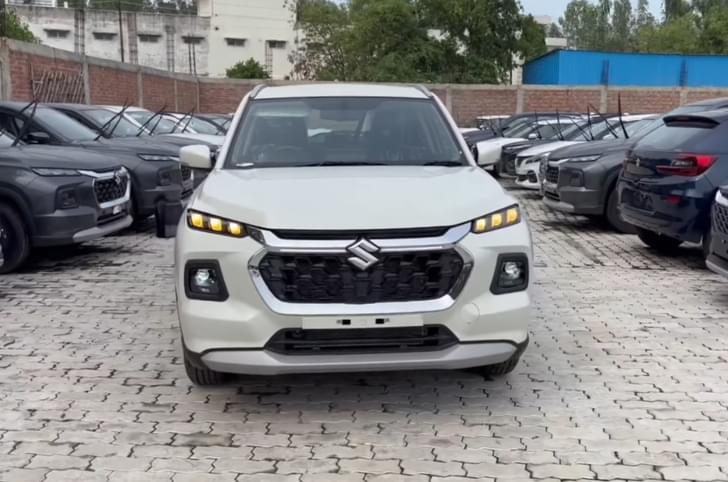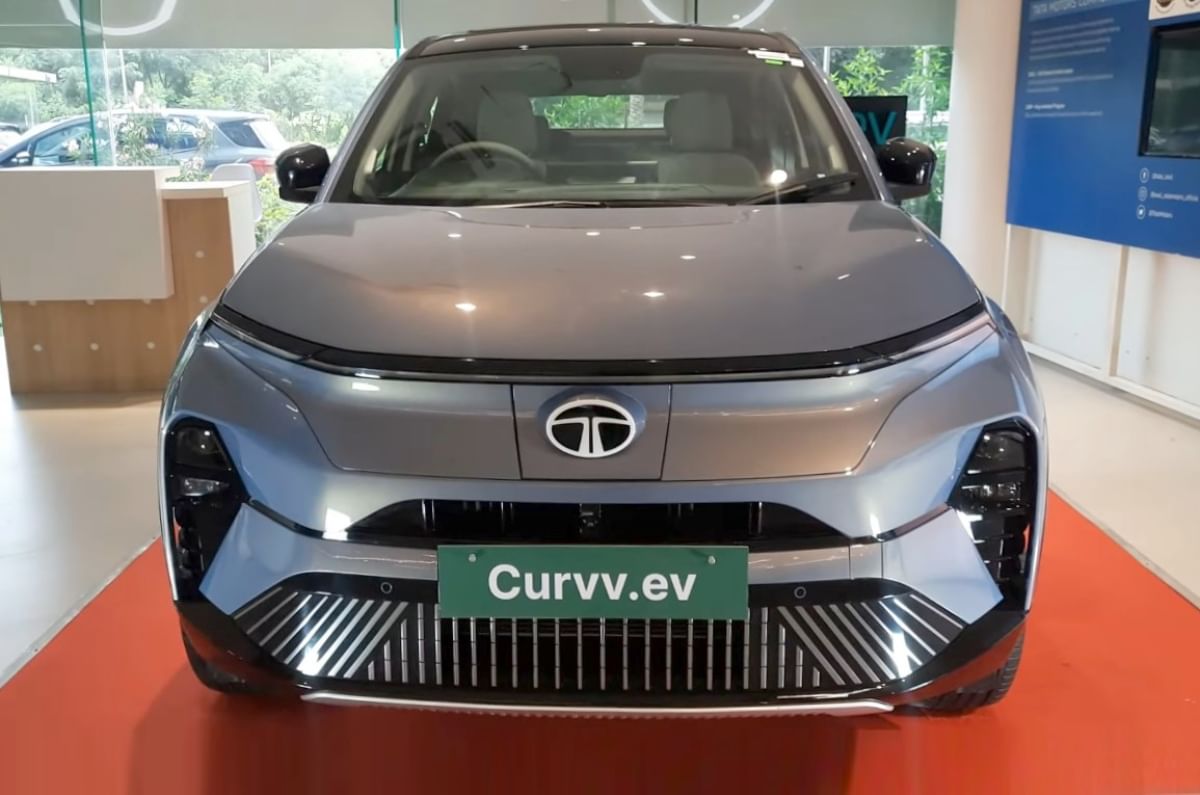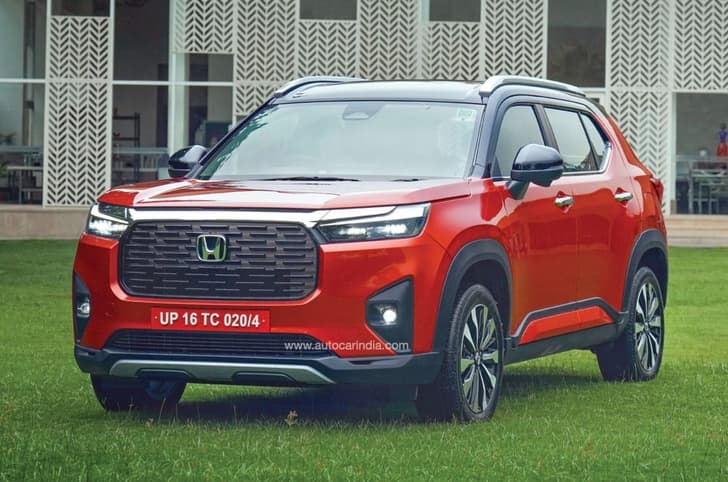Kia aims to sell 1.2 million electric vehicles globally in 2030 and is embarking on a plan to drastically expand its EV line-up, usher in enhanced autonomous driving technology and introduce new digital revenue streams.
- Will have 14 model EV line-up by 2027
- To introduce feature on demand services in future
- Kia to make purpose-built vehicles for third-party fleet operators
Kia’s 4 primary targets for 2030
The targets build on those announced two years ago as part of the Korean brand’s ‘Plan S’ electrification strategy and are broadly in line with ambitions laid out recently by sibling brand Hyundai. Kia’s overarching goal is to become a “global sustainable mobility leader”.
The brand has four primary targets for 2030 – sell 1.2 million battery-electric vehicles, sell 4 million vehicles overall, roll out advanced connectivity and autonomous driving functionality to all models, and become the leading provider of purpose-built vehicles for third-party fleet operators.
The first of these purpose-built vehicles (PBVs) will be derived from existing ones, including a larger Kia Niro Plus derivative that will launch later this year. After this first wave, the firm will introduce a new bespoke EV platform for PBVs in 2025, which will be fully scalable to suit different applications.
The overall sales target Kia is aiming for is up 27 percent from a planned 3.15 million sales in 2022. So-called ‘eco-friendly’ vehicles – by which Kia means EVs, PHEVs and full-hybrids – will underpin this growth, rising from a 17 percent sales share to some 52 percent in 2030. In 2022, it plans to sell 1,60,000 pure-EVs, rising to 8,07,000 in 2026 and on to 1.2 million four years later – up 36 percent on the previously envisioned 2030 target.
In markets where demand for these vehicles is particularly strong (it cites Korea, North America, Europe and China), it aims for electrified vehicles to account for 78 percent of its global volume.
Kia plans 14 EVs till 2027
The marque’s pure-electric line-up will stand at 14 models come 2027, among which it will count two pick-up trucks and an entry-level BEV, presumably positioned as a zero-emission successor to today’s Kia Picanto city car.
Notably, the brand has confirmed that it plans for all future bespoke EVs to follow the Kia EV6 in gaining a GT-badged performance range-topper. It promises that these hot EVs will have “differentiated” designs from their standard counterparts.
The production version of the large Kia EV9 SUV will come in 2023, with a 0-100kph time of 5.0sec and a driving range of 541km.
Kia looking into new digital revenue streams and tech
The EV9 will be the first Kia model to come equipped with over-the-air update functionality and feature-on-demand (FoD) services, whereby customers can activate optional upgrades via the infotainment system, in addition to the equipment fitted as standard. This will open up a significant new revenue stream for Kia, while boosting manufacturing efficiencies by allowing for more standardised equipment levels off the production line.
It will also pioneer Kia’s ‘AutoMode’ autonomous driving software, details of which remain under wraps. It is likely that this, like sibling brand Hyundai’s future autonomous models, will bring level 3 autonomy for hands-off driving on certain roads.
Kia research hubs development
South Korea will remain Kia’s “global hub for research, development, production and supply of EVs”, but it plans for other global facilities to take the lead for their respective regions.
A European hub, for example, will from 2025 focus on the small and medium-sized EVs popular in that region, while a US site will develop and build midsized SUVs and pick-ups from 2024. It will introduce midsized EVs in China in 2023 and roll out “entry and midsized EVs” in India from 2025.
Like Hyundai, Kia plans to significantly boost its global EV battery production capacity, from 13GWh to 119GWh by 2030. These will come from its Indonesian battery joint venture and various other global battery companies, but it is yet to name any partners in this push.
Kia India SUV, MPV line-up: 2022 and beyond
Kia currently sells four models in India – the Carens MPV being the newest to join the line-up. The brand recently added a third shift at its Anantapur facility, now taking its production capacity to three lakh units per annum. Kia is also focusing on bringing some of its existing EVs to India, first of which will be the EV6 that will be a CBU import, possibly by this year. The brand is also looking to bring the e-Niro to to our country sometime in 2023, followed by a mass-market EV made here, in 2024.

































